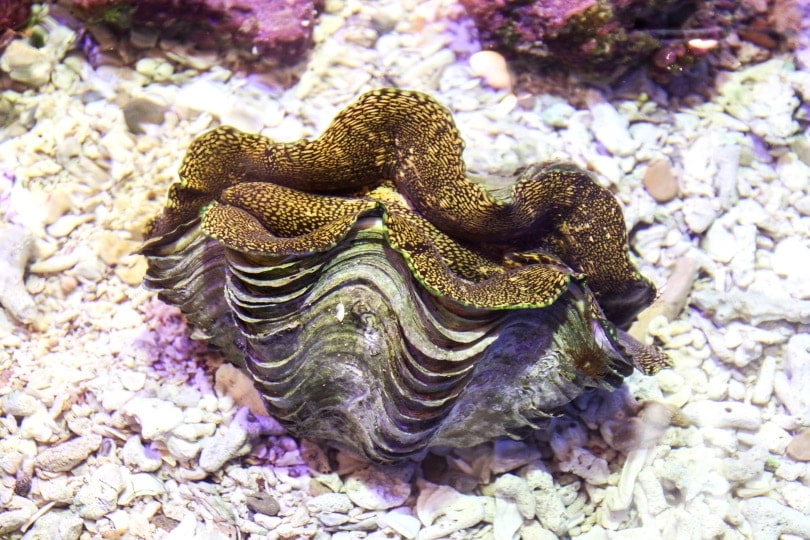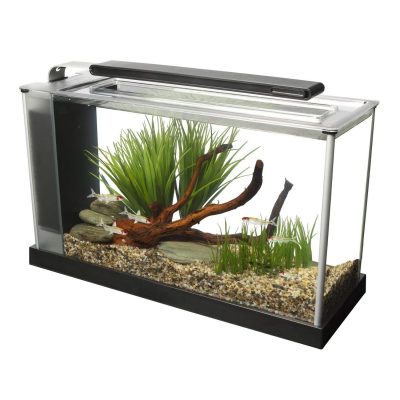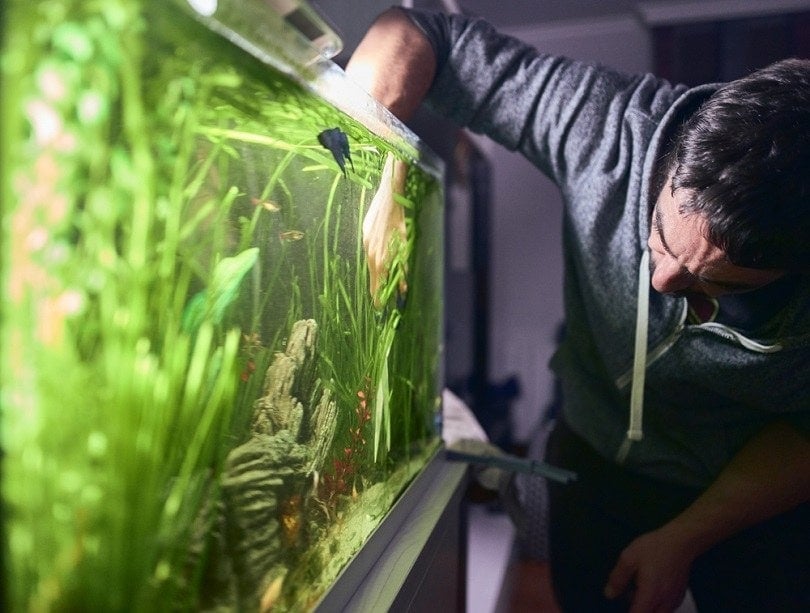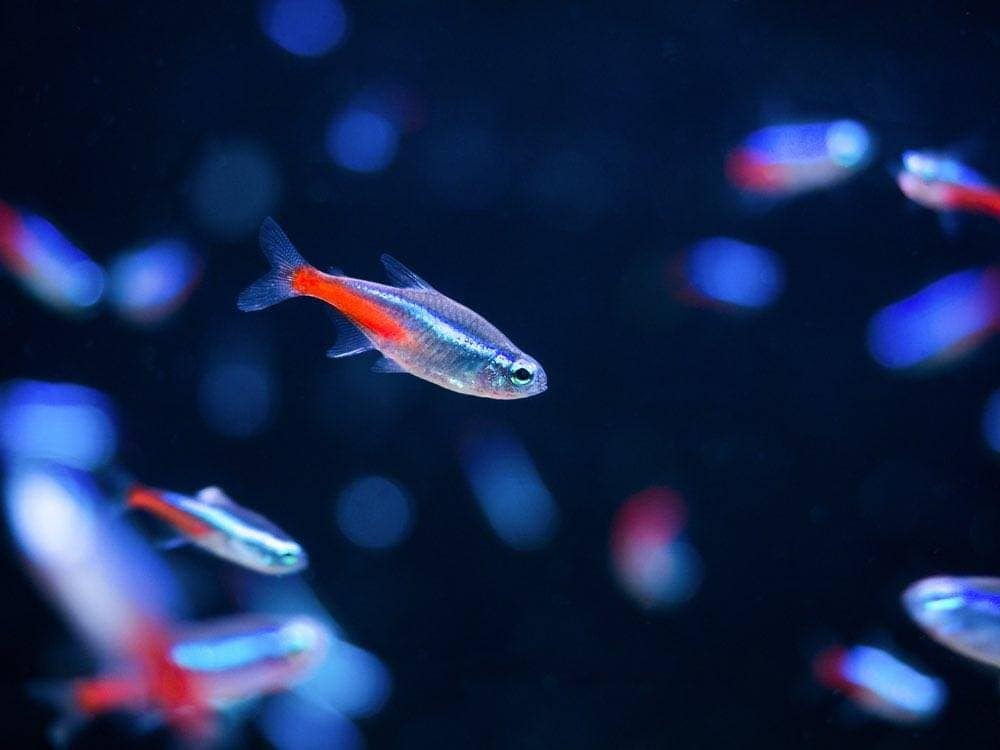What Do Clams Eat in the Wild & in Your Aquarium? Nutrition Facts & FAQ

Updated on

Click to Skip Ahead
Clams are known as filter feeders. They have a siphon tube that allows them to filter oxygen from water. They also have gills located on the side of their body cavity and mantle cavity. In the mantle cavity, numerous gills work together to bring water in and take out carbon dioxide. Filter feeders have several advantages.
As predators, clams will use their siphons to draw in food, such as algae, plankton, or a variety of microscoping animals. After an item has moved into the clam’s path, it will close quickly and open again. This process helps clear any unwanted debris, dead plankton, etc., that entered along with what was desired, such as a tasty plant cell.
Clams can eat different foods depending on where they live and what is available in their environment. They have even been known to survive by eating carrion (dead crustaceans), fish poop, maggots, and decaying squid beaks! If you want to feed your clams at home, there are a few different options; you can feed them prepared marine algae such as spirulina or dried seaweed, filter-feeding pellets specifically for clams, or you can plant seagrass in your aquarium.
How Do Clams Eat?
They don’t “hunt” like a typical predator because they filter out plankton from the water around them. Even if they happen to be located in an area with low oxygen content because of little water flow or polluted waters, they can still survive as long as there is plenty of plankton present behind the seaweed or other plants where they are located.

How Do They Digest?
Digestion begins with the clam’s mouth, which does not have teeth and is very small. Therefore, food cannot be chewed up before being swallowed into its stomach. The muscles of the stomach walls and gills then contract to break down any large particles that remain after passing through the esophagus, pressing them against surfaces within the stomach lining. This creates a grinding motion that helps to reduce larger pieces of food into smaller morsels. Particles are then further broken down by enzymes secreted into the stomach that assist with chemical breakdown.
Clams can eat and digest their food very quickly, especially after it has been ground up. Because of their short digestive tracts, which do not contain any acids or other digestive juices, clams cannot process large amounts of undigested material in their sac-like stomachs. Some species will even expel uneaten food and feces out through the same siphon used for breathing!
Catching clam feces may sound gross, but it can be useful—since they are eaten by members of the ocean’s food chain such as small fish, bacteria in their gills continue to break down organic waste products. This means that clams’ feces can act as food for other organisms lower on the chain.

How Much Do They Eat?
Clams are very efficient eaters and will consume approximately 2% of their body weight per day. Since it is common to find tiny clams living in shallow water near shorelines, they often use less energy to move around than larger aquatic creatures such as sharks which need more food to survive.
A clam can also survive without using one or both of its shells if necessary; if this occurs, the clam’s mantle (the soft body part that protects its internal organs) will simply grow another shell in time.
What Happens to Their Waste?
Clams breathe by using siphons on each side of their shells, sucking in and expelling water at regular intervals to absorb oxygen from the surrounding environment. The waste products they expel are not excreted through these same siphons but via a different opening between their shells beside their gills.
This opening is called a pneumostome and may be covered by a thin membrane or hair-like structures depending on the species.

Conclusion
Clams eat mainly algae but depending on their species and geographical location; they may also consume small amounts of other organisms such as decaying material or fish feces. They digest food by grinding it with the muscles in their stomach and through the help of enzymes secreted by their gills. Waste products are removed from clams’ bodies via a pneumostome beneath their gills.
You might also be interested in:
- What Do Crayfish Eat in the Wild & in Your Aquarium?
- Top 17 Reef Safe Fish for Your Marine Tank (with Pictures)
Featured Image Credit: redknapper, Shutterstock










